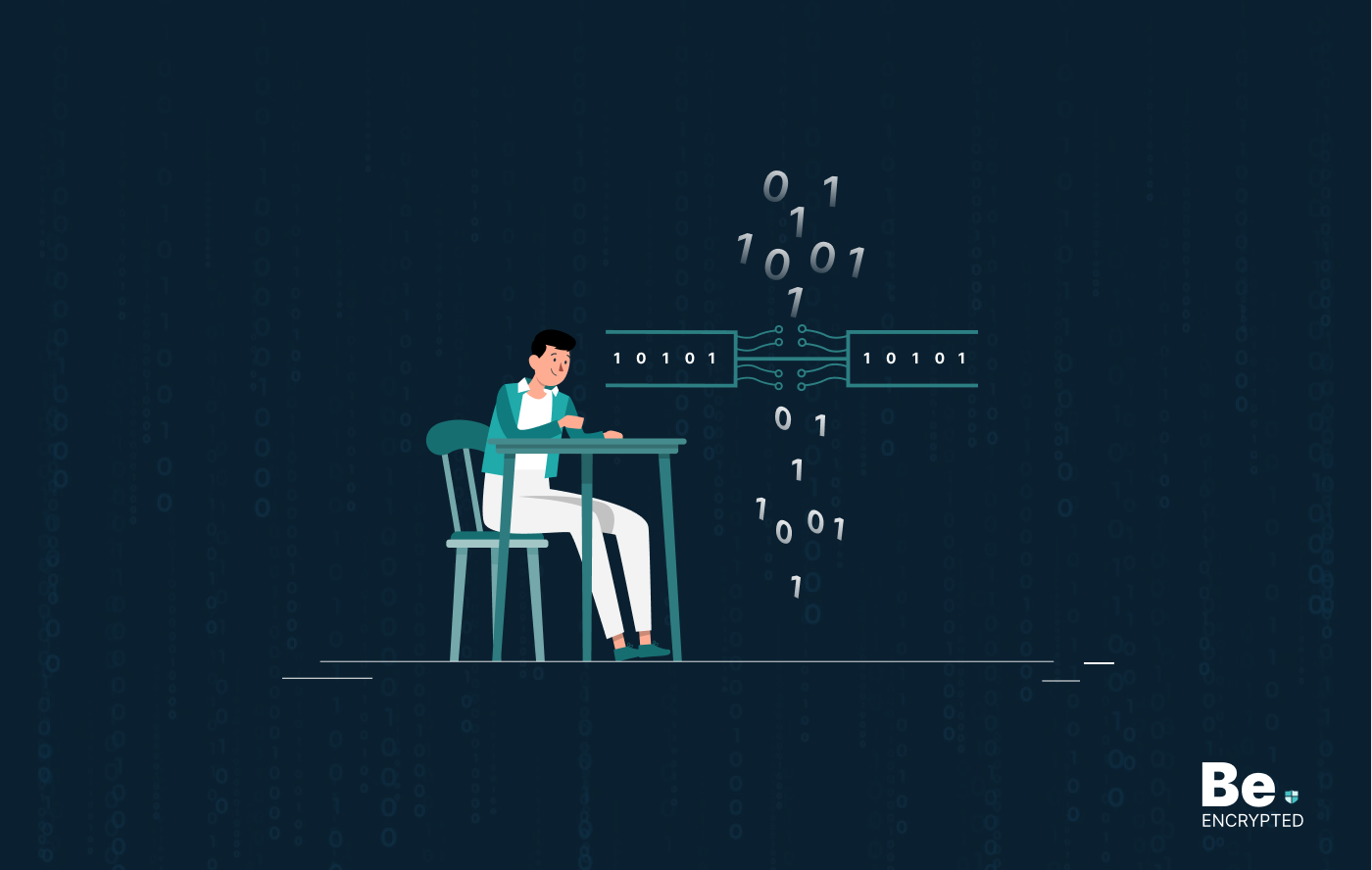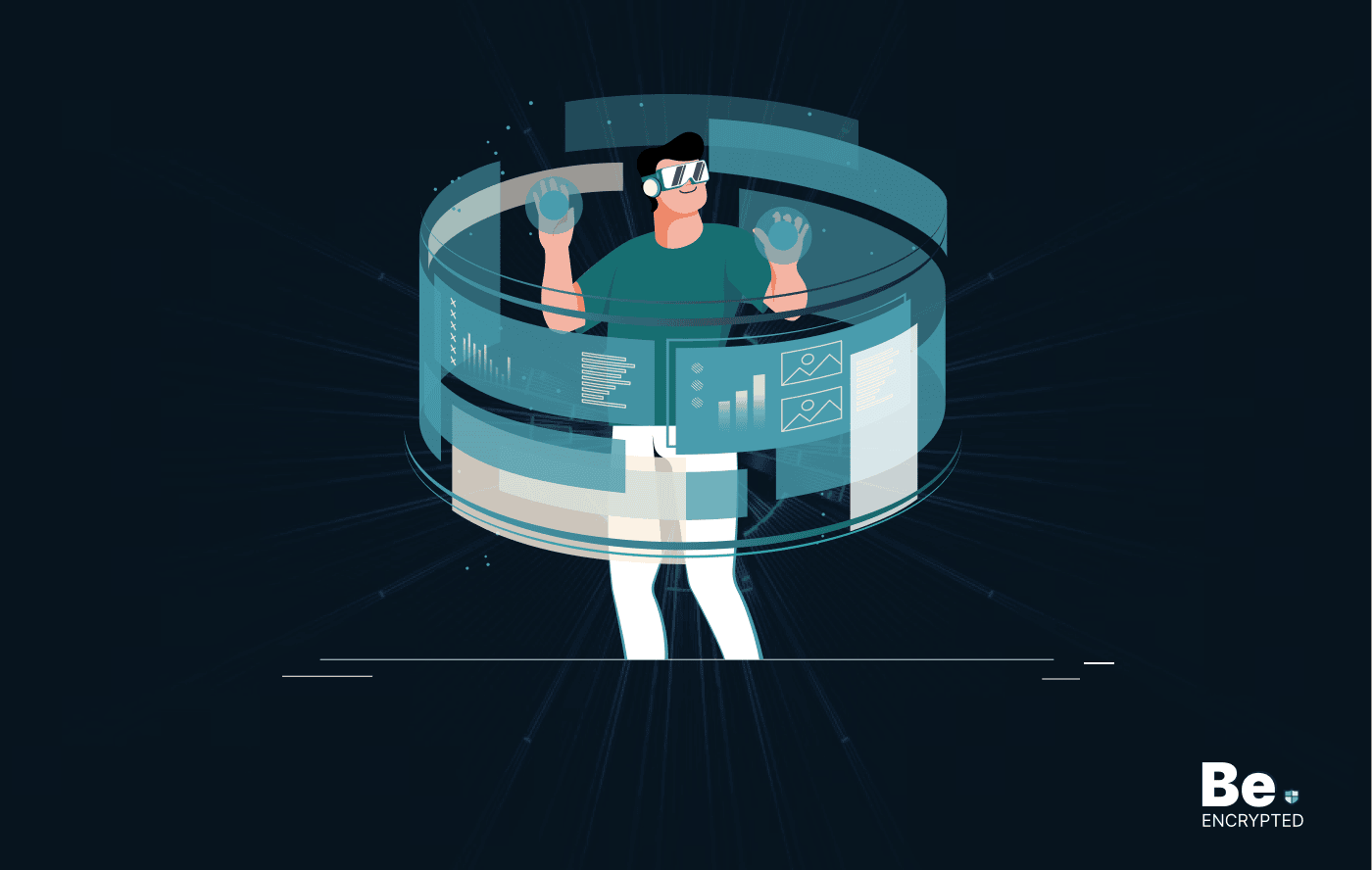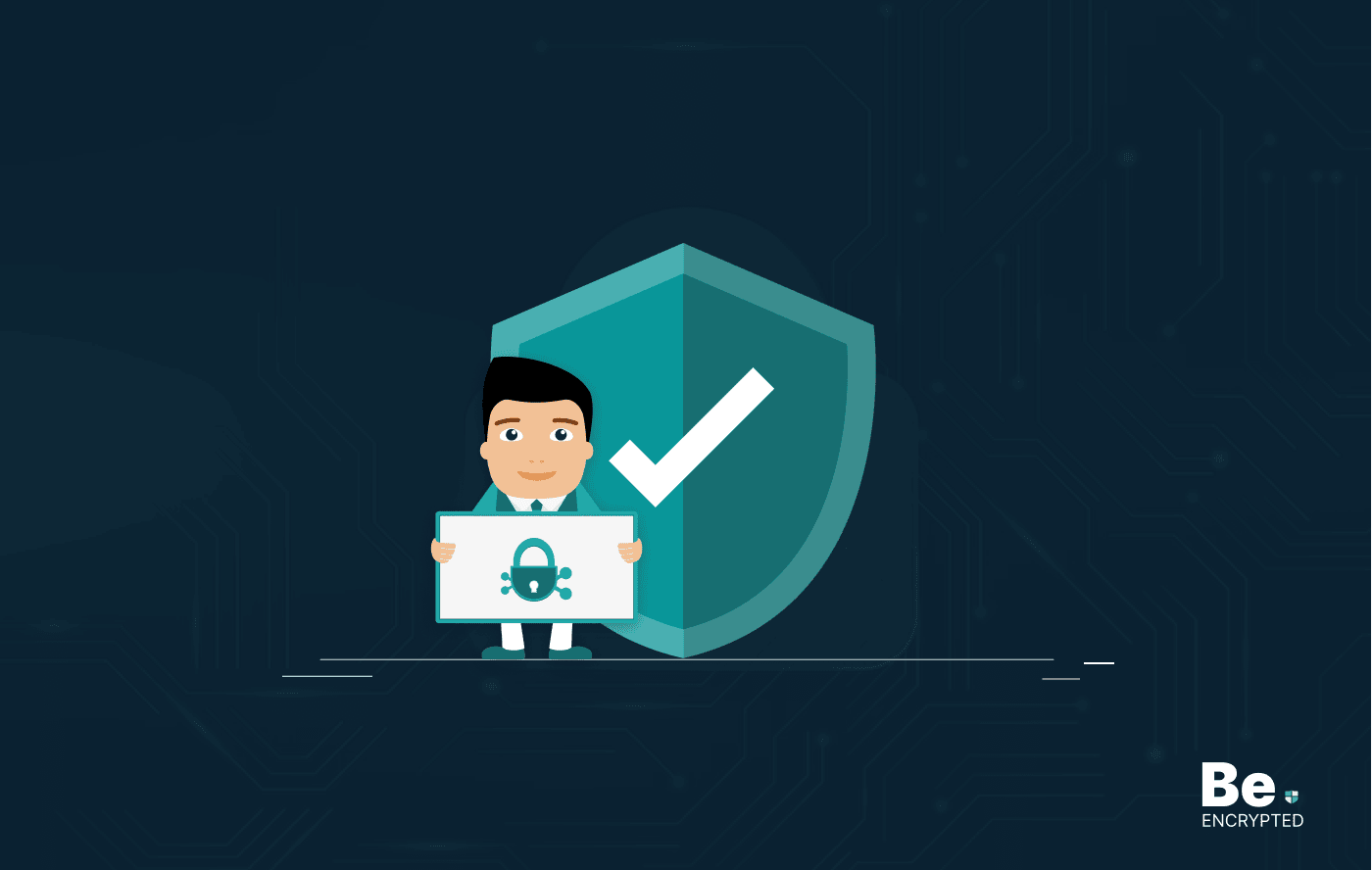In this modern age, we leave our most essential bits and pieces online as data.
All this sensitive data is usually protected by a password- which is quite possibly the most popular security measure available to most users. However, with ‘123456’ and ‘password’ being the most common choices in 2024, password security leaves much to be desired.
Moreover, passwords are the leading cause of data breaches and identity theft. Mainly because the password serves as an inefficient barrier between your data and any potential threats it faces, it is all too easy to break into an account that is password protected. All you need is the necessary computing skills and a good game of guessing, and boom! You’re in.
Due to password authentication’s many shortcomings, many people, companies, and users are turning to multifactor authentication or MFA. It is because it provides a much more secure alternative to the hassle of passwords.
Mentioned below in this article is everything you need to know about multifactor authentication. From the basic design of MFA to the many benefits, we’ve got you covered.
What is Multi-Factor Authentication
Before you go frolicking around town deleting all your passwords, you must clearly understand what multifactor authentication is.
To simplify, multifactor authentication is the process of identifying and verifying a user by validating two or more claims presented by them. Each of the applications is based on various factors.
Multi-Factor Authentication is based on the basic principle that all authentication factors, such as passwords, have shortcomings and that no authentication method is perfect. If two more factors are implemented, they will work together to compensate for each other’s weaknesses to provide a more secure authentication system.
Multi-Factor Authentication integrates the following key elements:
- A password or PIN (i.e., information that the user knows)
- A mobile device (i.e., a device belonging to the user)
- A fingerprint or voice recognition (i.e., a specific trait belonging to the user)
If you find the term ‘Multi-Factor Authentication’ unfamiliar, chances are you’ve probably heard it used as ‘2-factor authentication or ‘2-step authentication.’
Why is Multi-Factor Authentication necessary?
Until now, you’ve familiarized yourself with the fundamentals of Multi-Factor Authentication. An obvious question lurking around in the chamber of your mind might be, “What on earth is all the fuss about?”
To better grasp the impact that multifactor authentication will have over time, you need to get your creative juices running.
Imagine a house in the middle of nowhere, vulnerable to all sorts of threats- from burglars to psychopathic serial killers. If you’re a responsible homeowner, you will try to secure your home as much as possible.
However, securing your personal information with a single 8-10 digit password is similar to securing all the doors in your make-believe house with locks. But leaving the windows wide open, inviting dangers into the home.
Keeping this in mind, users must integrate Multi-factor authentication into the security measures taken to ensure the safety of the data present online.
How does Multi-Factor Authentication, benefit users
As mentioned above, Multi-Factor Authentication reaps many benefits to users, out of which the most obvious is heightened security.
Some other fruitful advantages of using Multi-Factor Authentication include the following:
- Makes the login process easy
- Strengthens and promotes security
- Prevents identity and password theft
- Invokes and promotes compliance
1- Makes the login process smooth and straightforward
The name ‘Multi-Factor Authentication’ points towards an exaggerated and complicated process that would give you a headache as you try to log into your accounts.
On the contrary, however, this could not be further from the truth.
Along with the added security measures that MFA provides, the login process is much more user-friendly than traditional password protection.
One way in which Multi-Factor Authentication simplifies the login process is by providing advanced choices like single sign-on.
Single sign-on works by verifying the identity of the user through multifactor authentication. Once the login process is successful, users can access all the apps under the single sign-on software without logging into each app individually.
The fact is that logging into all of the many accounts we have separately is a tiresome feat. Combining Multi-Factor Authentication with single sign-on software speaks volumes about MFA’s practicality since it makes the login process easier for everybody.
2- Strengthens and promotes security
The fundamental that Multi-Factor was established allows the security measures to overcome any weakness or vulnerability in one security factor.
Including other authentication factors is a massive step towards improving cyber security and preventing various cyber crimes, such as social engineering attacks.
Moreover, the Multi-Factor authentication application will allow users more control over the factors they utilize to protect their accounts.
One way various factors can have practical applications is by altering the security measures in your favor.
An example of this can be seen when the user changes the security measure of a password or PIN by adding an alternative that is not as easy to guess.
Multi-Factor authentication also provides a barrier to hackers by providing multiple adequate layers of protection. Unless a hacker or cyber-criminal knows about your security factors, gaining entry to any of your accounts is arduous.
3- Prevents identity and password theft
One of the most significant drawbacks of password-based authentication is that they play a pivotal role in the millions of stolen identities.
Identity theft is a crime that profits hackers with minimal risk. It is growing rapidly and is much more profitable than any drug-related crime.
Most often than not, hackers steal identities quite quickly and then proceed to sell the stolen information on the online black market.
In addition to that, password and identity theft is rapidly evolving. Hackers are now integrating keylogging, phishing attacks, and pharming into their thievery.
The sensitive information that a cyber-criminal steals can be manipulated in various ways. The most common way a user’s personal data is corrupted is by destroying it or using it to spread religious or political propaganda.
Multi-Factor authentication, as mentioned above, minimizes the risk of identity and password theft. It depends on multiple factors and layers of security measures to safeguard the user’s identity.
4-Invokes and promotes compliance
Properly using Multi-Factor authentication is also a gigantic leap toward compliance.
Many federal, state, and governmental compliance standards urge organizations to utilize multifactor authentication for certain security situations.
This means that many more organizations will now follow the updated guidelines on the use of MFA. Hence promoting a much more secure environment for organizations and companies to grow and foster.
As a byproduct of implementing MFA, organizations will increase their compliance to increase security.
So, where do you go from here?
Now that you know all there is to know about Multi-Factor Authentication and the many benefits it has, all that there’s left to do is to implement in your security habits as much as you can.
However, it can be said that with the pace that MFA is expanding. It will soon be a primary source of safeguarding our data online. Until then, all we can do is be cautious and wait.
Share this article
About the Author
Waqas is a cybersecurity journalist and writer who has a knack for writing technology and online privacy-focused articles. He strives to help achieve a secure online environment and is skilled in writing topics related to cybersecurity, AI, DevOps, Cloud security, and a lot more. As seen in: Computer.org, Nordic APIs, Infosecinstitute.com, Tripwire.com, and VentureBeat.
More from Iam WaqasRelated Posts

19 Best Vulnerability Management Software or Tools In 2024
Cybersecurity threats and vulnerabilities continuously evolve in today’s digitalized world. By...

How To Detect, Identify and Fix Packet Loss With Best Tools
The most frustrating thing while surfing the web is slow or interrupted connections. If you ever exp...

15 Best Network Security Software – Top Pick Of Organizations
KEY TAKEAWAYS Network security software keeps the data secure and blocks malicious or potentially vu...

15 Best Virtual Machine Softwares For Windows In 2024
KEY TAKEAWAYS Virtual machine software is a vital tool for developers to deploy VM software to test ...

Top Security Risks Facing Software Deployments
What is a software deployment? Software deployment is the process of configuring, updating, and depl...

Building Encryption Into the Network Fabric with SASE
What is a network fabric? A network fabric is a mesh of connections between network devices such as ...


